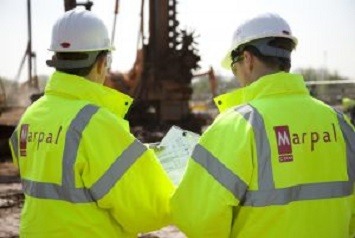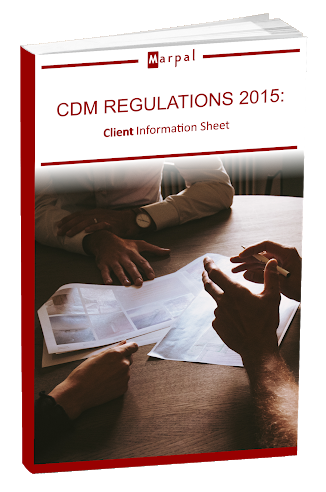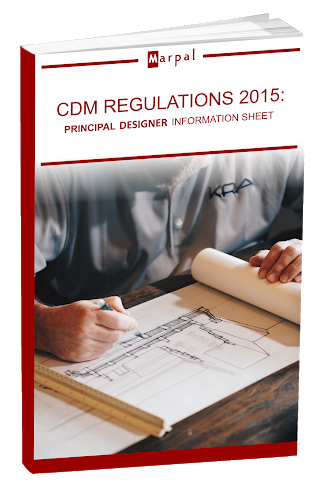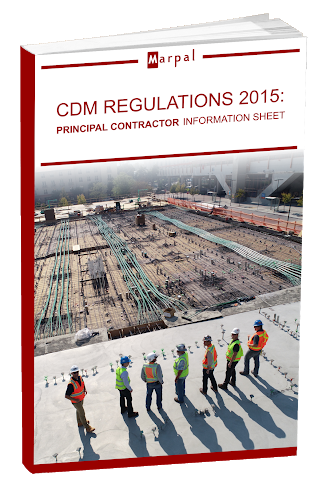
Under the CDM Regulations, the Principal Contractor is required to plan, manage and monitor the construction phase of the project. Monitoring the on-site activities will assist the Principal Contractor in establishing whether the arrangements to manage health and safety and the control measures in place are suitable and sufficient and where additional control measures may be necessary.
The extent of the monitoring arrangements may depend on a number of factors, these could include: –
- the risks involved in the project,
- the tasks/activities being undertaken,
- the duration or hours of work,
- the number of people and contractors working,
- past incidents, accidents and near misses,
- new processes, equipment or machinery,
- the working environment, including adjacent activities or contact with 3rd parties,
- the competence (skills, experience etc.) of the workforce.
Types of Monitoring
The Principal Contractor’s Site Management Team should at least carry out daily and weekly health and safety checks in accordance with their Safety Management Systems (procedures). In addition, more formal Site Safety Inspections should be considered by a competent health and safety professional, the frequency of which would depend on the nature of the project and the factors named above.
Daily Monitoring
Daily monitoring would typically include checking the health and safety performance of contractors and workers on site, ensuring compliance with method statements, risk assessments, site rules, the construction phase plan etc. Work should stop immediately where hazards are identified and safe measures put in place. Method statements and risk assessments should be reviewed, updated and communicated accordingly.
Weekly Monitoring
On at least a weekly basis, the Site Management Team (usually the Site Manager) should undertake a recorded Site Safety Inspection, this could be undertaken utilising a formal checklist. The checklist should assist the Site Manager to monitor the health and safety compliance of contractors. Such checklists would typically include health and safety documentation, welfare provisions, first aid, traffic management, access/egress, security, fire precautions, personnel protective equipment, housekeeping, working at heights, plant and equipment, manual handling, lifting operations, asbestos etc.
During and following the inspection, any issues identified may be addressed and will give the Site Management Team an opportunity to rectify any non-conformities.
Formal Site Safety Inspections
Construction work requires constant monitoring and observations as site activities and conditions are ever changing.
When planning to manage and monitor construction work, the Principal Contractor should consider undertaking formal Site Safety Inspections by a competent Health and Safety Professional, this is the most effective means of identifying hazards on a worksite. A well trained eye will assist you in identifying and mitigating exposure to risk, therefore helping to prevent accidents, material damage, prosecution and the reputation of your company.
There are two approaches to undertaking a Site Safety Inspection, either an announced, or an unannounced approach. Either is acceptable, though an unannounced site safety inspection may identify a true reflection of the health and safety culture on a site, rather than this being potentially masked by an announced approach. However, either method is acceptable, the most important thing is that the Site Safety Inspection is not seen as a policing exercise and should be undertaken jointly with the Site Management Team, with the common objective being to identify hazards and give a proactive opportunity to fix problems before accidents and injuries occur.
The Site Safety Inspections should be undertaken alongside the Site Manager, so that there is mutual understanding of the on-site activities, the safe systems of work being adopted and potential risks. Issues identified may easily be resolved at the time of the inspection, other issues may need further consideration/action.
A typical Site Safety Inspection should begin by looking at the site documentation such as the construction phase plan, method statements, risk assessments, statutory registers, fire and emergency procedures, statutory notices (i.e. F10, insurances, health and safety law poster), site rules, site logistic plan, details of first aiders etc.
A good approach prior to undertaking a safety tour of the site, is to review one or two of the Method Statements and Risk Assessments prepared for some of the onsite activities. These should be of high risk operations such as working at height, lifting etc. This gives an opportunity to assess whether the agreed safe systems of work are effective, well communicated and understood.
As well as observing the on-site activities, the safety tour will also look at the appropriateness of on-site segregation, site security, access/egress, safe use of plant and equipment, the effective use of personnel protective equipment, vehicular and pedestrian movement, housekeeping, fire precautions etc. As mentioned above, the inspection should be done in the presence of the Site Manager.
An effective Site Safety Inspection will conclude with an informal review with the Site Manager, clarifying the outstanding issues and providing appropriate timescales (based on the level of risk) for any action to be taken. Following the audit, a Site Safety Inspection Report should be prepared and issued; this can then be used to close out any remaining actions.
Under the CDM Regulations 2015 and other legislation (such as the Management of Health & Safety at Work Regulations 1999), there is a requirement to ensure that Contractors have access to competent health and safety advice, if this advice is not available in-house, then an external source of advice should be sort.
Posted by: Paul Littlewood BSc (Hons), Marpal’s Managing Director.
For further information on site safety inspections, please contact Paul Littlewood by phone (01332 668877) or email ([email protected]).





